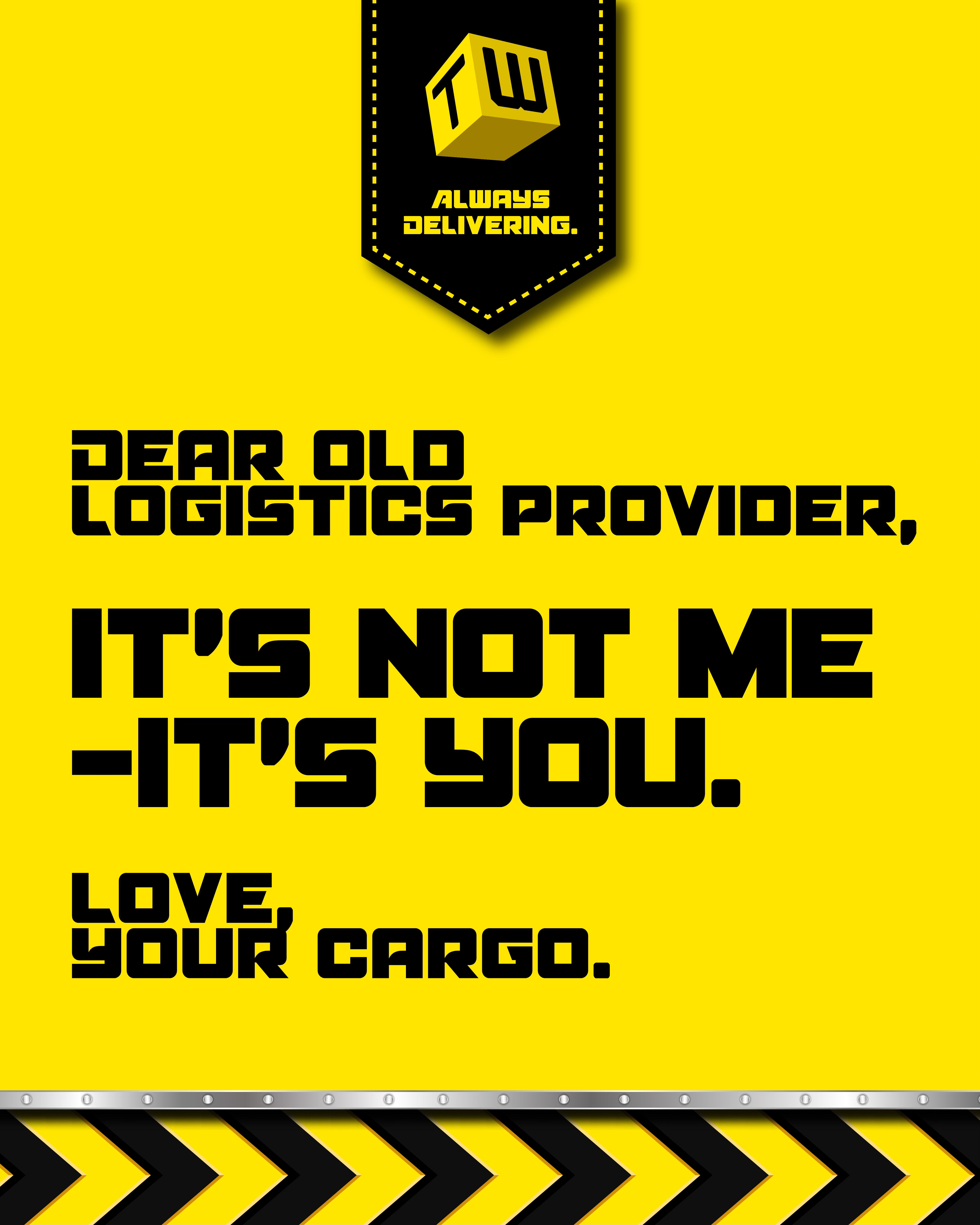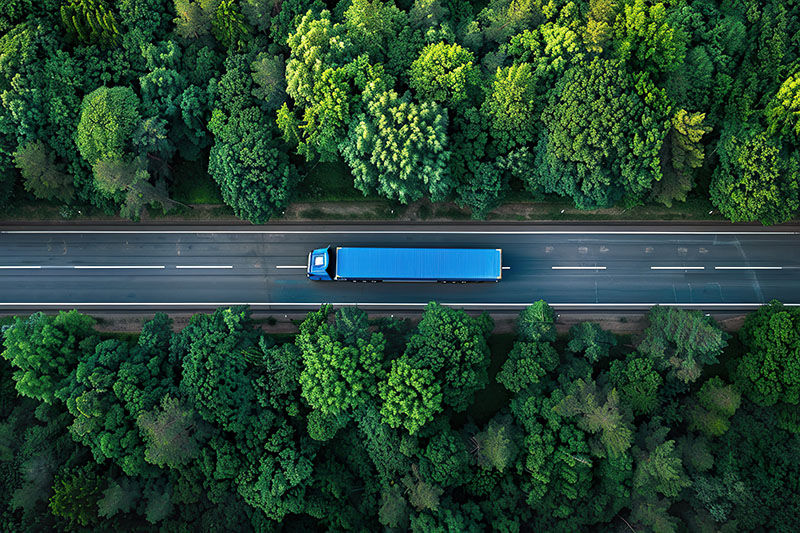The Roadblocks to Green Logistics: Why Sustainability in Supply Chains Isn’t as Easy as It Looks
- Danyul Gleeson

- Jul 20
- 4 min read
Sustainability in logistics sounds great on paper - cutting emissions, reducing waste, and making the entire supply chain cleaner and more efficient. But here’s the reality: going green in logistics isn’t as simple as flipping a switch.
For logistics companies, implementing environmentally sustainable practices comes with some serious roadblocks - from high costs and regulatory headaches to supply chain disruptions and tech limitations.
Here’s a real-world breakdown of the biggest challenges logistics companies face when trying to go green.

1. The Roadblocks to Green Logistics - High Costs & ROI Uncertainty
One of the biggest challenges of sustainable logistics is the hefty price tag attached to it.
Electric trucks cost 2–3 times more than diesel trucks. A standard diesel semi costs around $150,000, while an electric equivalent can be $400,000+ (FreightWaves).
Retrofitting warehouses with solar, energy-efficient lighting, and automation requires major upfront investment before companies see savings.
Sustainable fuel alternatives like hydrogen and biofuels are not yet cost-competitive with diesel.
For many logistics firms, especially smaller players, the question is: How soon will this investment pay off? Some studies suggest fuel savings of 30-40% over time, but the initial cost scares off a lot of companies (Transport Works).
2. Limited Charging & Refueling Infrastructure for Green Fleets
Switching to electric or hydrogen-powered trucks sounds great - until you realize there’s nowhere to charge them on long-haul routes.
Only 1,500 public EV truck charging stations exist in the U.S. compared to over 150,000 for passenger vehicles (U.S. DOE).
Hydrogen fuel stations are even rarer, making cross-country trucking on hydrogen nearly impossible for now.
Trucking companies can’t afford to have vehicles sitting idle for hours while charging—fast-charging infrastructure isn’t keeping up with demand.
Without more investment in charging and refueling stations, logistics companies simply can’t scale up green fleets fast enough.
3. Supply Chain Disruptions & Lack of Sustainable Suppliers
Even if a logistics company wants to be 100% sustainable, their suppliers might not be on board.
Only 23% of businesses actively seek out eco-friendly vendors (Symbia).
Green supply chains require collaboration - if one link in the chain is unsustainable, the whole system gets compromised.
Limited access to sustainable raw materials means some eco-friendly packaging and biofuels are hard to source at scale.
For companies that rely on global suppliers, going green is often out of their hands.
4. Regulatory Complexity & Compliance Nightmares
The Roadblocks to Green Logistics; Governments love to push for sustainability, but their policies are often a maze of red tape.
The EU’s "Fit for 55" policy requires a 55% emissions reduction by 2030, but different countries have different regulations, making compliance a nightmare for international shippers (European Commission).
Carbon taxes & emissions reporting requirements add administrative burdens, forcing companies to track and report every ton of CO₂ emitted.
Freight restrictions on diesel vehicles in major cities (London, Paris, LA) mean trucking companies need to upgrade or reroute fleets, increasing costs.
Regulations are changing faster than businesses can adapt, making long-term sustainability planning frustratingly difficult.
5. Green Tech Limitations: We’re Not There Yet
Logistics companies want sustainable solutions - but the technology isn’t fully ready for large-scale use.
Electric truck batteries are still too heavy and take too long to charge for long-haul routes.
Hydrogen fuel cell trucks are expensive, and the production of green hydrogen is not yet widely available.
AI-powered route optimization is promising, but real-world implementation still faces delays and inefficiencies.
Right now, technology isn’t moving fast enough to make green logistics seamless or cost-effective.
6. Consumer Demand vs. Willingness to Pay
Consumers want sustainable logistics - until they see the price tag.
57% of shoppers prefer eco-friendly shipping - but only 25% are willing to pay extra for it (Statista).
Retailers are pushing for faster shipping (next-day delivery), which often increases emissions instead of reducing them.
Consumers expect sustainability to be "built-in" - meaning logistics companies have to absorb the costs rather than pass them along.
Until more consumers actively choose green shipping options, logistics firms are left footing the bill.
7. Reverse Logistics & The Circular Economy Struggle
Returns are a sustainability nightmare - but logistics companies haven’t fully solved it yet.
The global return rate is 16-30%, and many returned goods end up in landfills (Transport Works).
Reverse logistics requires extra transportation & storage, increasing emissions.
Some industries (like fashion) struggle with reusability - fast fashion companies often can’t resell returned items, making waste reduction difficult.
A truly circular supply chain is possible - but it requires major redesigns in how companies handle returns, packaging, and refurbishment.
Final Thoughts:
The Path to Sustainable Logistics Isn’t Easy - But It’s Worth It
Going green in logistics isn’t just a feel-good move - it’s a business necessity.
Fuel savings from efficiency measures can cut costs by 30% or more.
Sustainability compliance will soon be non-negotiable as governments tighten emissions laws.
Investors & customers are demanding greener supply chains - companies that don’t adapt risk falling behind.
Yes, there are massive challenges - but logistics leaders that solve these problems first will own the future of freight.
Sustainability isn’t a cost - it’s a competitive advantage.
Want to cut emissions AND costs in your logistics operations?




Comments